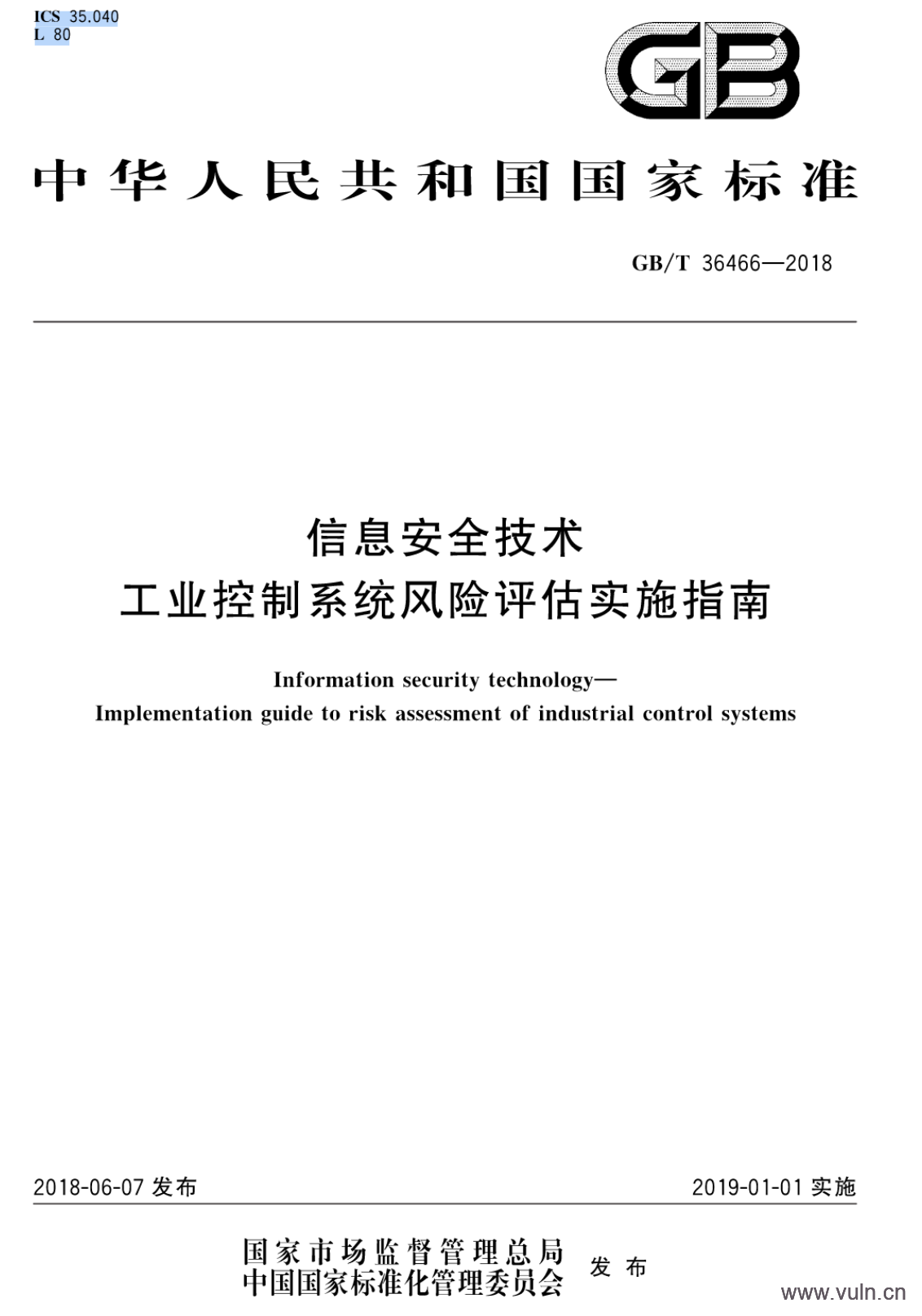PHP string序列化与反序列化语法解析不一致带来的安全隐患
原文:http://www.80vul.com/pch/pch-010.txt
author: ryat#www.wolvez.org
team:http://www.80vul.com
date:2012-11-19
不久前 IPB 爆出了一个 unserialize() 漏洞[1],漏洞本身没有什么特别的,但 IPB 官方发布的 patch 却很有意思[2],很快 Stefan Esser 在其 twitter 上给出了 bypass 的方法[3]。随后 IPB 官方针对此 bypass 发布了新的 patch,但 Stefan Esser 表示新 patch 通过改变处理方式最终化解了此漏洞,但其提供的过滤函数 safeUnserialize() 依旧是存在安全问题的。虽然 Stefan Esser 没有透漏问题具体所在,但笔者通过查看相关 PHP 源码,发现 PHP 在对 string 进行序列化与反序列化处理过程中存在语法解析不一致的问题,这有可能会导致很严重的安全问题,同时也可以很容易的 bypass safeUnserialize() 函数的过滤。
i. PHP string serialize() 相关源码分析
————————————
static inline void php_var_serialize_string(smart_str *buf, char *str, int len) /* {{{ */
{
smart_str_appendl(buf, "s:", 2);
smart_str_append_long(buf, len);
smart_str_appendl(buf, ":\"", 2);
smart_str_appendl(buf, str, len);
smart_str_appendl(buf, "\";", 2);
}
通过上面的代码片段可以看到 serialize() 对 string 序列化处理方式如下:
$str = 'ryatsyne';
var_dump(serialize($str));
// $str serialized string output
// s:8:"ryatsyne";
ii. PHP string unserialize() 相关源码分析
—————————————
unserialize() 函数对 string 的反序列化则分为两种,一种是对 `s:` 格式的序列化 string 进行处理:
switch (yych) {
...
case 's': goto yy9;
...
yy9:
yych = *(YYMARKER = ++YYCURSOR);
if (yych == ':') goto yy46;
goto yy3;
...
yy46:
yych = *++YYCURSOR;
if (yych == '+') goto yy47;
if (yych <= '/') goto yy18;
if (yych <= '9') goto yy48;
goto yy18;
yy47:
yych = *++YYCURSOR;
if (yych <= '/') goto yy18;
if (yych >= ':') goto yy18;
yy48:
++YYCURSOR;
if ((YYLIMIT - YYCURSOR) < 2) YYFILL(2);
yych = *YYCURSOR;
if (yych <= '/') goto yy18;
if (yych <= '9') goto yy48;
if (yych >= ';') goto yy18;
yych = *++YYCURSOR;
if (yych != '"') goto yy18;
++YYCURSOR;
{
size_t len, maxlen;
char *str;
len = parse_uiv(start + 2);
maxlen = max - YYCURSOR;
if (maxlen < len) {
*p = start + 2;
return 0;
}
str = (char*)YYCURSOR;
YYCURSOR += len;
if (*(YYCURSOR) != '"') {
*p = YYCURSOR;
return 0;
}
// 确保格式为 s:x:"x"
YYCURSOR += 2;
*p = YYCURSOR;
// 注意这里,*p 指针直接后移了两位,也就是说没有判断 " 后面是否为 ;
INIT_PZVAL(*rval);
ZVAL_STRINGL(*rval, str, len, 1);
return 1;
另一种是对 S: 格式的序列 string 进行处理(此格式在 serialize() 函数序列化处理中并没有定义):
static char *unserialize_str(const unsigned char **p, size_t *len, size_t maxlen)
{
size_t i, j;
char *str = safe_emalloc(*len, 1, 1);
unsigned char *end = *(unsigned char **)p+maxlen;
if (end < *p) {
efree(str);
return NULL;
}
for (i = 0; i < *len; i++) {
if (*p >= end) {
efree(str);
return NULL;
}
if (**p != '\\') {
str[i] = (char)**p;
} else {
unsigned char ch = 0;
for (j = 0; j < 2; j++) {
(*p)++;
if (**p >= '0' && **p <= '9') {
ch = (ch << 4) + (**p -'0');
} else if (**p >= 'a' && **p <= 'f') {
ch = (ch << 4) + (**p -'a'+10);
} else if (**p >= 'A' && **p <= 'F') {
ch = (ch << 4) + (**p -'A'+10);
} else {
efree(str);
return NULL;
}
}
str[i] = (char)ch;
}
(*p)++;
}
str[i] = 0;
*len = i;
return str;
}
// 上面的函数是对 \72\79\61\74\73\79\6e\65 这样十六进制形式字符串进行转换
...
switch (yych) {
...
case 'S': goto yy10;
// 处理过程与 s: 相同
if ((str = unserialize_str(&YYCURSOR, &len, maxlen)) == NULL) {
return 0;
}
// 处理过程与 s: 相同
从上面的代码片段可以看到 unserialize() 对序列化后的 string 反序列化处理如下:
$str1 = 's:8:"ryatsyne";';
$str2 = 's:8:"ryatsyne"t';
$str3 = 'S:8:"\72\79\61\74\73\79\6e\65"';
var_dump(unserialize($str));
// $str1, $str2 and $str3 unserialized string output
// ryatsyne;
iii. 语法解析处理不一致导致的安全隐患
—————————–
从上述分析过程可以看到 PHP 在反序列化 string 时没有严格按照序列化格式 s:x:”x”; 进行处理,没有对 ” 后面的是否存在 ; 进行判断,同时增加了对十六进制形式字符串的处理,这样前后处理的不一致让人很费解,同时由于 PHP 手册中对此没有详细的说明,大部分程序员对此处理过程并不了解,这可能导致其在编码过程中出现疏漏,甚至导致严重的安全问题。
回到文章开头提到的 IPB 漏洞上,利用这个 funny feature of PHP 可以很容易的 bypass safeUnserialize() 函数的过滤:)
* mixed safe_unserialize(string $serialized)
* Safely unserialize, that is only unserialize string, numbers and arrays, not objects
*
* @license Public Domain
* @author dcz (at) phpbb-seo (dot) com
*/
static public function safeUnserialize( $serialized )
{
// unserialize will return false for object declared with small cap o
// as well as if there is any ws between O and :
if ( is_string( $serialized ) && strpos( $serialized, "\0" ) === false )
{
if ( strpos( $serialized, 'O:' ) === false )
{
// the easy case, nothing to worry about
// let unserialize do the job
return @unserialize( $serialized );
}
else if ( ! preg_match('/(^|;|{|})O:[+\-0-9]+:"/', $serialized ) )
{
// in case we did have a string with O: in it,
// but it was not a true serialized object
return @unserialize( $serialized );
}
}
return false;
}
// a:1:{s:8:"ryatsyne"tO:8:"ryatsyne":0:{}}
// 只要构造类似的序列化字符串就可以轻易突破这里的过滤了
iiii. 参考
———-
* [1][http://seclists.org/bugtraq/2012/Nov/17](http://seclists.org/bugtraq/2012/Nov/17)
* [2][http://adminextra.com/threads/ip-board-3-1-x-3-2-x-and-3-3-x-hacked.6125/](http://adminextra.com/threads/ip-board-3-1-x-3-2-x-and-3-3-x-hacked.6125/)
* [3][http://twitter.com/i0n1c](http://twitter.com/i0n1c)



![Connectify Dispatch指定程序使用指定网卡[运维神器]](http://www.vuln.cn/wp-content/uploads/2016/11/1.jpg)
![网站备案流程_网站备案需要什么[简单明了解决备案各种问题]](http://www.vuln.cn/wp-content/uploads/2014/03/topleft.gif)
![最新BurpSuite 1.7.32 破解版[注册机]下载【无后门版】](http://www.vuln.cn/wp-content/uploads/2018/02/ee462f76d3e2440f67041f92499c36ae.png)
![php一句话后门的几种变形分析[preg_replace函数]](http://www.vuln.cn/wp-content/uploads/2016/11/11.jpg)





![[网盘下载] GB/T 23031. 1 — 2022 工业互联网平台 应用实施指南 第一部分:总则.pdf](http://www.vuln.cn/wp-content/uploads/2023/02/3faee12ec28ab59793fbe1c203b8363f.png)
![[网盘下载] GB/T 41870-2022 工业互联网平台 企业应用水平与绩效评价.pdf](http://www.vuln.cn/wp-content/uploads/2023/02/4ec246e126c4f3a41d9ced588c790998.png)
![[网盘下载] GB/T 36323-2018 信息安全技术 工业控制系统安全管理基本要求.pdf](http://www.vuln.cn/wp-content/uploads/2023/02/f6adb0f6fa49a734846c5873d178bfbc.png)
![[网盘下载] GB/T 32919 -2016 信息安全技术 工业控制系统安全控制应用指南.pdf](http://www.vuln.cn/wp-content/uploads/2023/02/da9420e72b7af6bfb4fa273884dcefc1.png)

 云悉指纹
云悉指纹